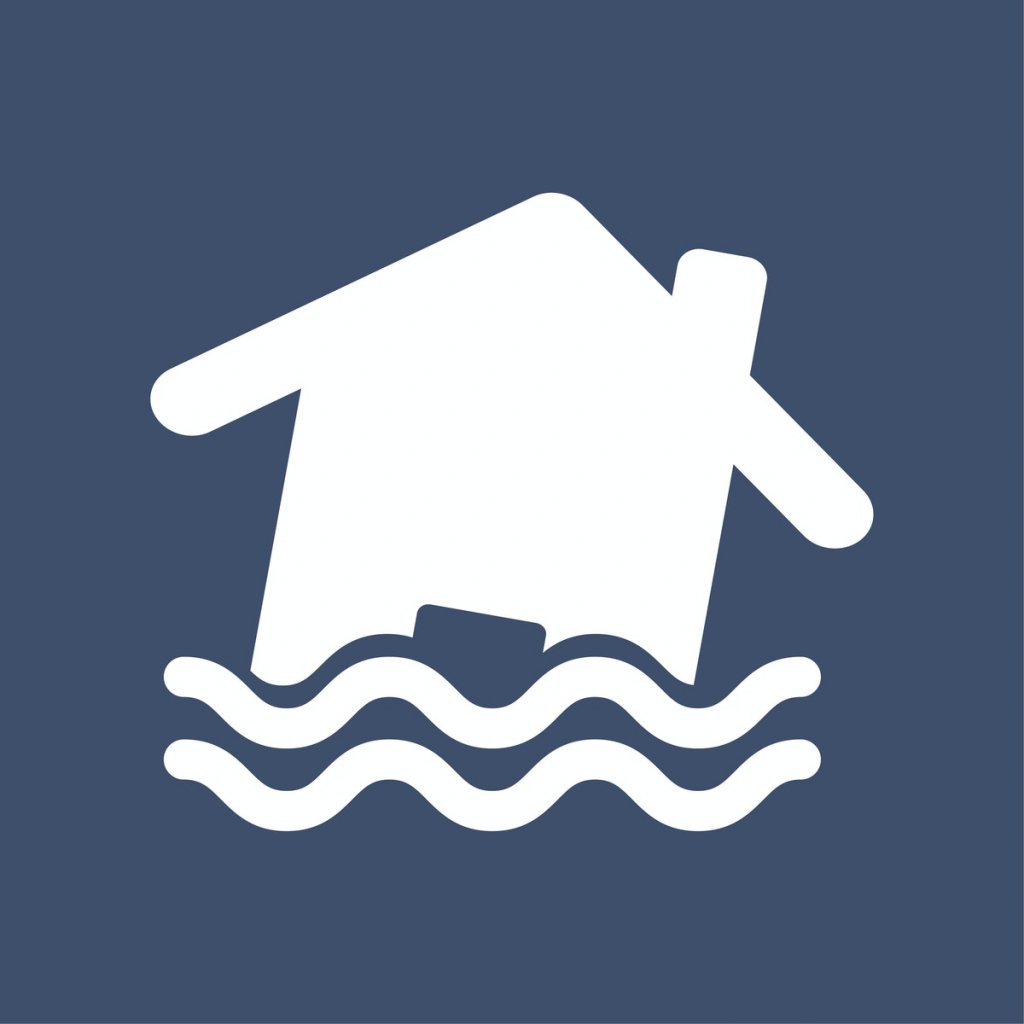Flood Damage in New Jersey
One of the most damaging and devastating things you can ever experience is flooding in your home. However, you’re not alone, we’re here to give you some steps on how to deal with flood damage.

There are many causes of household flooding including – Heavy rains, Sewer back-up, Appliance Malfunctions, Malfunctioning sump-pump, and Burst pipes. This can be confusion as to what to do concerning safety, cleanup and even how to pay for all the repair and restoration.
7 Immediate Steps to Take After Flood Damage In Your Home
1. Call Your Insurance Company
Your homeowners’ insurance will vary depending on what policies you have. The insurance company will send an adjuster to look at and assess the damage and determine if it is a covered loss.
Document the values of each and every item you can think of and take as many photos as possible before, during, and after cleanup. This will help the adjuster when he or she is able to come assess the damage. They might even suggest a restoration company that can help you with your cleanup and restoration process.
Note: Not all home insurance policies cover flood damage.
2. Safety First
The most important step in any major home disaster like flooding and water damage, is to make sure yourself and your family are safe. There are several things you can do to stay safe in your home.
Turn off the power
Water and electricity do not mix. But if turning off the power requires you to enter or stand in wet areas you should leave it alone and call an electrician. Do not re-enter a flooded home before turning the electricity off.
Wear Protective Gear
Be sure to wear protective clothing–such as rubber boots and gloves–when you re-enter your home. This will protect you from injuries that can get bacteria filled water in them.
Protect Your Valuables
You can lift wood furniture off the wet carpet areas and insert tin foil under the feet to prevent staining of the carpet. Likewise, remove any rugs that may be on wet flooring.
You may be forced to leave your home if the flooding is bad enough. Make sure it is also safe when you return to your home to begin dealing with the aftermath.
3. Start Cleanup Immediately
If possible, water damage cleanup should start 24-48 hours after you’ve been cleared to re-enter your home. In many situations, the damage is too extensive for one person or family. Get help from a restoration service to stay safe and ensure all damage is removed.
If you decide to do it yourself, make sure you wear protective gear. Determine what is salvageable and throw away anything that is too damaged or no longer safe to use. Be aware that you may need to remove flooring, drywall, and insulation to prevent mold and mildew from spreading in your home. Furniture may also need to be dried out, cleaned or thrown away depending on the level of water damage.
4. Dry Out Your Home
Once all standing water is removed from your home, you will still have to contend with damp belonging. If you are able to get your electricity back on, use central air conditioning to remove humidity. Portable fans and dehumidifiers can help dry damp areas of your home as well.
You can’t get too dry, so be certain and avoid mildew, molds, and other lingering issues that could result if you rush back in. You may need the assistance of a professional restoration contractor to ensure a dry home. Time is of the essence and studies show that starting the drying a home within the first 24 hours and completely drying a home within 3-4 days will almost completely remove the risk of mold and mildew.
5. Check for Mold
Mold can begin developing after the first 24 hours of a flood, and once it has started growing it can be difficult to remove. The quicker you remove items from water and begin drying them, the less likely they are to be lost to mold, but it’s always best to err on the side of caution and have a professional assess the situation.
6. Begin Restoring Your Home
The repair of water damage in your home from flooding is typically what takes the longest amount of time. Flooring and sometimes even walls need to be replaced, broken possessions are often in need of repair, etc. If major construction is needed, make sure you hire an expert!
7. Move Back into Your Home
Once you have the go ahead from your insurance company, your restoration/construction company, and your local government (in the case of natural disasters), it’s time to move back into your clean, dry, mold-free home!
If this sound like more work and uncertainty than you are prepared to deal with, Garden State Cash Homes is a great solution, we can help you get out your flood damage property fast. Call us Today 732-372-0940 and let us help you!
